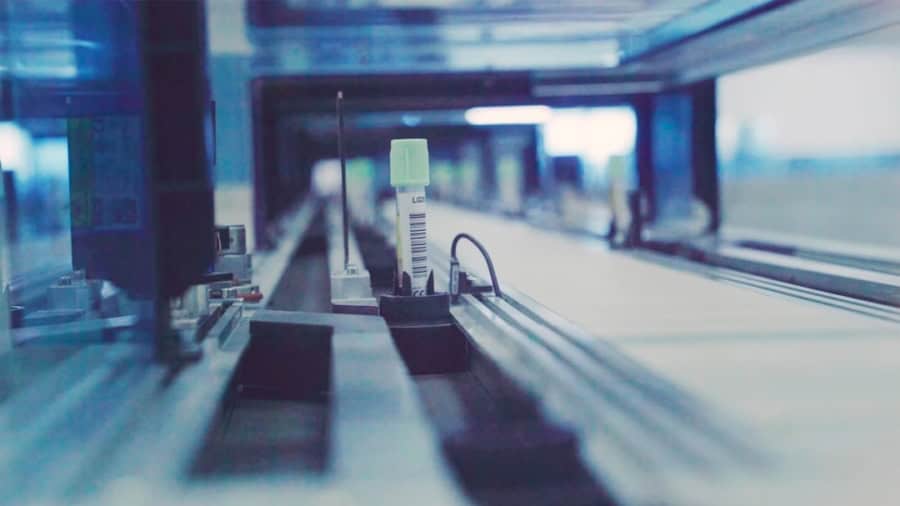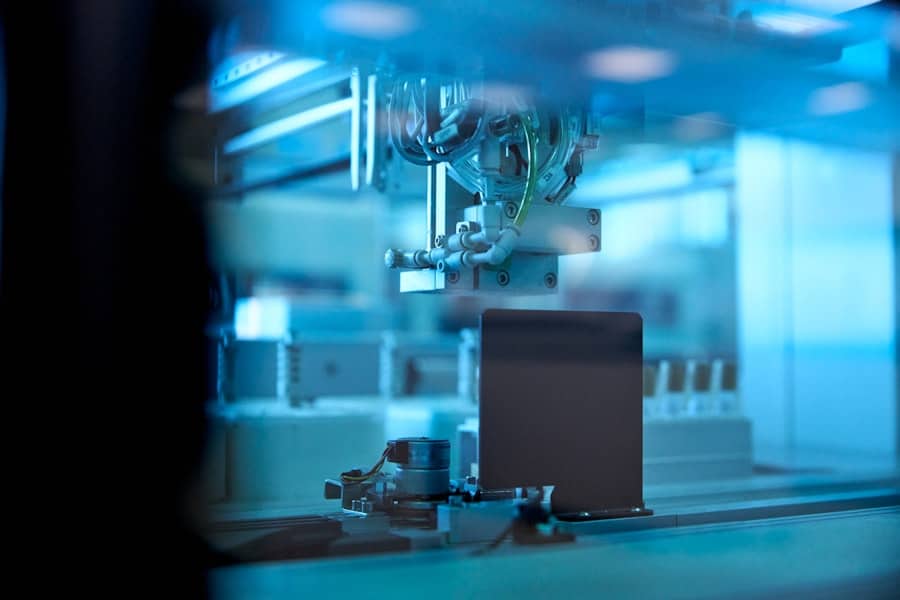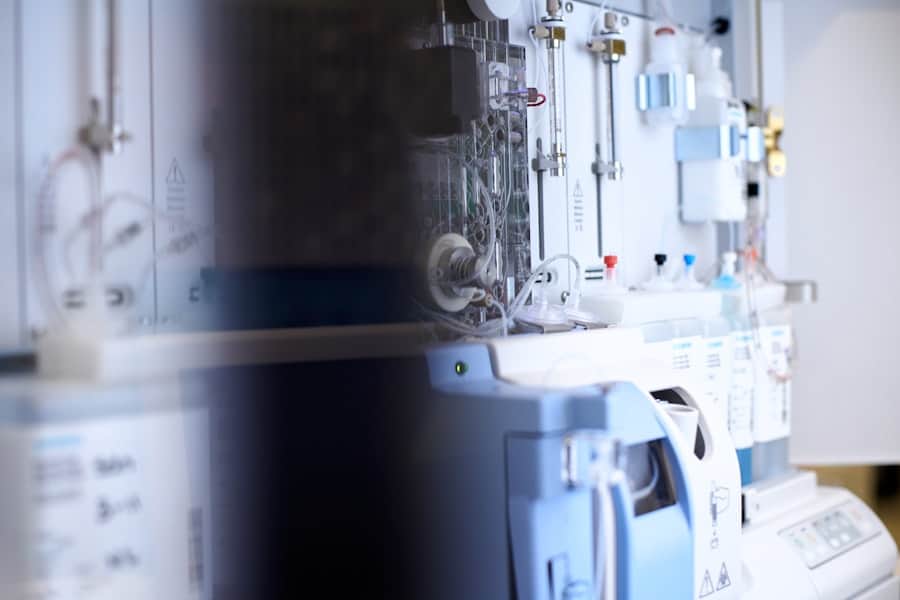The concept of commercial space stations has evolved significantly over the past few decades, transitioning from a mere figment of science fiction to a tangible reality. As humanity’s interest in space exploration and utilization grows, the idea of establishing commercial platforms in low Earth orbit (LEO) has gained traction among private enterprises and governmental organizations alike. These stations are envisioned as hubs for scientific research, manufacturing, tourism, and even entertainment, marking a new era in the utilization of outer space.
The International Space Station (ISS), which has been operational since 1998, has laid the groundwork for this burgeoning industry by demonstrating the feasibility of long-term human habitation in space and the potential for international collaboration in scientific endeavors. Commercial space stations are designed to leverage the unique microgravity environment of LEO to conduct experiments and develop technologies that would be impossible or impractical on Earth. Companies like Axiom Space, Blue Origin, and Sierra Space are at the forefront of this movement, each proposing innovative designs and operational models for their respective stations.
These ventures not only aim to expand our understanding of fundamental scientific principles but also seek to create a sustainable economic ecosystem in space. As we delve deeper into the current role of these stations in scientific research, it becomes evident that they are poised to revolutionize our approach to various fields, including biology, materials science, and medicine.
Key Takeaways
- Commercial space stations are becoming an increasingly important part of the space industry, offering new opportunities for scientific research and private sector investment.
- Current commercial space stations play a crucial role in scientific research, providing a platform for experiments in microgravity and other space-related studies.
- Advancements in technology, such as 3D printing and advanced life support systems, are enabling commercial space stations to support a wider range of scientific experiments and activities.
- Collaboration between commercial space stations and government space agencies has the potential to enhance research capabilities and expand opportunities for space exploration.
- Private sector investment in commercial space stations is growing, with opportunities for companies to participate in space research, manufacturing, and tourism.
Current Role of Commercial Space Stations in Scientific Research
Breakthroughs in Drug Development
Experiments conducted aboard the International Space Station (ISS) have led to significant breakthroughs in drug development, including the creation of more effective treatments for diseases like Duchenne muscular dystrophy and certain types of cancer.
Fostering Collaboration and Partnerships
Commercial space stations are expected to enhance collaboration among scientists from various disciplines and institutions. By providing access to a shared platform, these stations can foster partnerships between academia, industry, and government agencies, accelerating the pace of scientific discovery.
Democratizing Access to Space-Based Research
Companies like Axiom Space are already planning missions that will allow researchers from around the world to conduct experiments aboard their future commercial station. This collaborative approach not only accelerates scientific discovery but also democratizes access to space-based research opportunities, enabling smaller institutions and startups to participate in groundbreaking studies.
Advancements in Technology for Commercial Space Stations
The development of commercial space stations is closely tied to advancements in technology that enhance their functionality and sustainability. Innovations in spacecraft design, life support systems, and robotics are paving the way for more efficient operations in LEO. For instance, advancements in additive manufacturing techniques allow for the production of components directly in space, reducing the need for costly resupply missions from Earth.
This capability not only lowers operational costs but also enables rapid prototyping and testing of new technologies in a microgravity environment. Additionally, improvements in artificial intelligence (AI) and machine learning are transforming how data is collected and analyzed aboard these stations. AI algorithms can optimize experimental conditions in real-time, allowing researchers to make adjustments based on immediate feedback from their experiments.
This level of automation enhances the efficiency of scientific investigations and maximizes the use of limited time available on these platforms. As technology continues to advance, commercial space stations will likely become increasingly sophisticated, enabling a broader range of experiments and applications.
Potential for Collaboration with Government Space Agencies
The potential for collaboration between commercial space stations and government space agencies is immense. As national space programs face budget constraints and shifting priorities, partnerships with private companies can provide a cost-effective means to achieve scientific goals. NASA has already recognized this potential by engaging with commercial entities through initiatives like the Commercial Crew Program and the Commercial Resupply Services program.
These collaborations have not only facilitated crewed missions to the ISS but have also opened avenues for shared research initiatives. Furthermore, government agencies can benefit from the agility and innovation that private companies bring to the table. Commercial entities often operate with greater flexibility than government organizations, allowing them to adapt quickly to new challenges and opportunities.
For example, NASA’s partnership with SpaceX has resulted in rapid advancements in crewed spaceflight capabilities, demonstrating how collaboration can accelerate progress in space exploration.
Opportunities for Private Sector Investment in Commercial Space Stations
The rise of commercial space stations presents a wealth of opportunities for private sector investment. As more companies enter the market, there is a growing demand for funding to support research initiatives, infrastructure development, and operational costs. Investors are increasingly recognizing the potential returns associated with space-based ventures, particularly as advancements in technology reduce barriers to entry.
The prospect of generating revenue through services such as satellite servicing, manufacturing in microgravity, or even space tourism is attracting attention from venture capitalists and institutional investors alike. Moreover, public-private partnerships are becoming a viable model for financing commercial space stations. By leveraging government contracts and grants alongside private investment, companies can mitigate financial risks while pursuing ambitious projects.
For instance, Axiom Space has secured contracts with NASA to provide crewed missions to the ISS while simultaneously developing its own commercial station. This dual approach not only ensures a steady revenue stream but also positions Axiom as a key player in the emerging market for commercial space operations.
Challenges and Risks of Operating Commercial Space Stations
Safety and Reliability Concerns
The harsh environment of space poses significant challenges for the safety and reliability of spacecraft systems. Life support systems, radiation protection, and structural integrity are all critical components that must be rigorously tested and validated to ensure the safety of crew members and the success of scientific missions. Any failure in these systems could have disastrous consequences.
Regulatory Hurdles
In addition to technical challenges, companies looking to establish commercial space stations must also navigate complex regulatory hurdles. International treaties and national regulations regarding space activities can be difficult to navigate, and companies must ensure compliance with safety standards while addressing concerns related to orbital debris management and environmental impact.
Establishing a Clear Regulatory Framework
As the number of commercial entities operating in space continues to grow, establishing a clear regulatory framework will be crucial for fostering a sustainable industry. This framework must balance the need for safety and environmental responsibility with the need for innovation and entrepreneurship. By addressing these challenges and risks, we can ensure the successful operation of commercial space stations and unlock the vast potential of space exploration.
Future Applications of Commercial Space Stations for Scientific Experiments
The future applications of commercial space stations for scientific experiments are vast and varied. One promising area is biotechnology, where researchers can explore how microgravity affects cellular processes and gene expression. This research could lead to breakthroughs in regenerative medicine and tissue engineering, potentially revolutionizing healthcare on Earth.
For example, studies on stem cell behavior in microgravity have already shown promising results that could inform new therapies for degenerative diseases. Another exciting application lies in materials science. The unique conditions aboard commercial space stations allow scientists to study material properties at unprecedented levels of precision.
Experiments on crystal growth in microgravity have demonstrated that certain materials can form larger and more perfect crystals than those produced on Earth. This knowledge could lead to advancements in semiconductor technology or pharmaceuticals where crystal quality is paramount. As commercial space stations become operational, they will serve as laboratories for innovative research that could have far-reaching implications across multiple industries.
The Impact of Commercial Space Stations on the Future of Scientific Research
The emergence of commercial space stations marks a transformative shift in how we approach scientific research beyond our planet.
The integration of advanced technologies will further enhance their capabilities, making them indispensable tools for researchers worldwide.
As we look ahead, it is clear that commercial space stations will play a pivotal role in shaping the future landscape of scientific inquiry. Their potential to facilitate groundbreaking discoveries while simultaneously driving economic growth presents an exciting opportunity for humanity as we continue our journey into the cosmos. The impact of these ventures will resonate far beyond the confines of LEO; they will redefine our understanding of science itself and inspire future generations to explore the unknown.
In a recent article discussing The Future of Commercial Space Stations for Scientific Experiments, it is interesting to note the advancements in technology that are shaping the way we conduct research in space. For further insights into the latest technological developments, check out this informative review of Screpy, a comprehensive guide to the best music production software, or the top picks for professional layouts in newspaper design software. These articles provide valuable information on cutting-edge tools and resources that are revolutionizing various industries. Click here to read more about Screpy, here for the best music production software, and here for top picks in newspaper design software.
FAQs
What are commercial space stations?
Commercial space stations are privately owned and operated facilities in space that are used for a variety of purposes, including scientific research, manufacturing, and tourism.
What is the current status of commercial space stations?
As of now, there are several companies working on developing commercial space stations, with plans to launch them in the near future. These companies include Axiom Space, Bigelow Aerospace, and Nanoracks.
How will commercial space stations be used for scientific experiments?
Commercial space stations will provide a unique environment for conducting scientific experiments in microgravity, which can lead to new discoveries and advancements in various fields such as medicine, materials science, and biology.
What are the potential benefits of commercial space stations for scientific research?
Commercial space stations offer researchers the opportunity to conduct experiments in a microgravity environment, which can lead to a better understanding of fundamental scientific principles and the development of new technologies with practical applications on Earth.
What are the challenges facing the development of commercial space stations for scientific experiments?
Challenges include the high cost of building and maintaining space stations, ensuring the safety and well-being of astronauts and researchers, and establishing a regulatory framework for conducting experiments in space.



